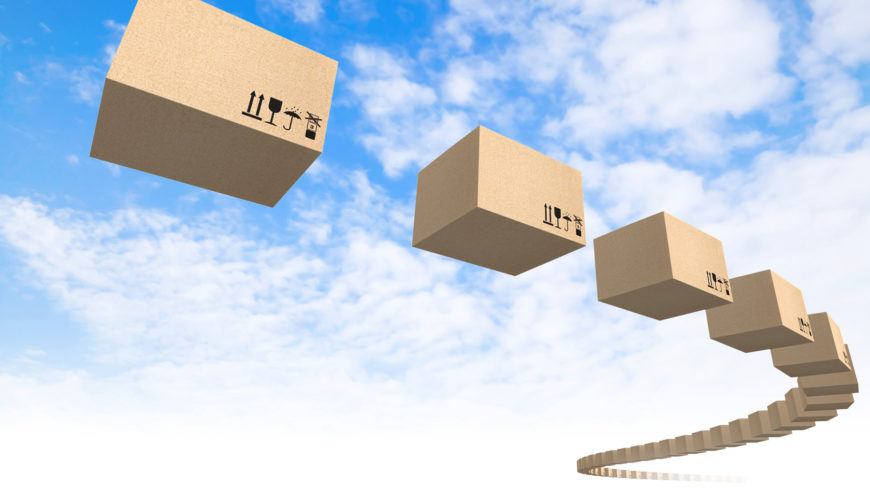Consumers have quickly adopted the benefits provided by smart lockers to receive shipments ordered on-line: they prevent packages from being stolen off of the front step, eliminate unwanted trips to the courier depot and often allow for a package to be picked up 24 X 7. Many apartment management firms are learning that smart lockers are a “must have” when it comes to dealing with the relentless number of packages being delivered for residents.
Corporations have been absorbing the cost of receiving packages for employees at the workplace by providing a form of “package concierge” service, but even so packages continue to pile-up in mail rooms, lobbies and outside of locked doors on nearly every floor in a high-rise office building. The tipping point where “enough is enough” is coming.
One leading global high technology firm is moving forward with a plan to install a connected locker solution that integrates package delivery lockers and “workplace lockers” under one cloud-managed software application. The package delivery lockers can accept deliveries from both global carriers like FedEx and UPS, while the workplace lockers are dynamically assigned to employees who are in the office only occasionally for team meetings or customer presentations. When they are in the office, they need a location to securely store their personal gear. Smart Lockers also eliminate clutter in the workplace.
Anyone considering an enterprise-class smart locker solution should be aware that the requirements are much more complex than they are for an apartment building. For example,
- An enterprise-class locker solution should offer a robust API that can enable integration with the enterprise’s back-end IT systems to maximize efficiency. This API should securely support employee ID cards for access and employee email addresses for notification of package delivery. The API should also support advanced reservations and variable time durations that a locker can be reserved.
- An enterprise workplace locker system should be able to determine if a locker is actually empty so that it can be released into an available status. Deploying a smart locker system that would allow for lockers to be re-assigned while they still have an another’s personal items in them should be a non-starter.
- Office environments are dynamic; frequently changing in layout and growing or contracting in size. An enterprise locker system should be easy to deploy, expand, reconfigure and manage so that it adapts to the needs of the enterprise and the employee.
Only one smart locker provider, AirLocker www.air-locker.com, delivers a solution based on IoT technology. The AirLocker System runs in AWS or Microsoft Azure cloud and can provide real-time information of individual locker utilization and availability based on actual occupancy of a package in a locker, not just on door opening and closing which is all that competitive systems can report. AirLocker deploys more quickly than others and can be re-configurated and expanded with maximum ease, which are critical parameters to keep a smart locker system performing optimally into the future.

